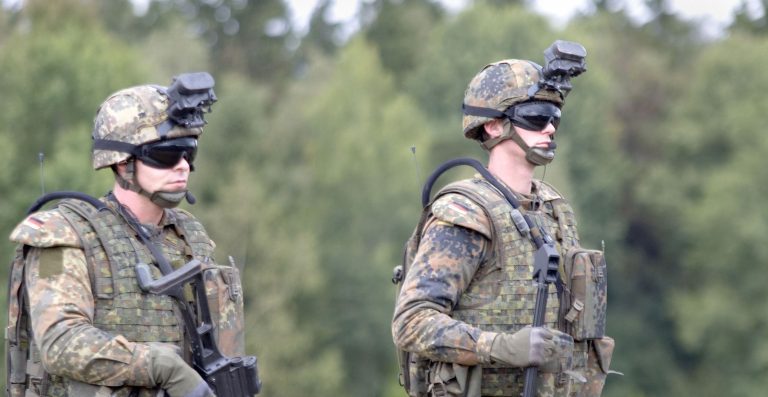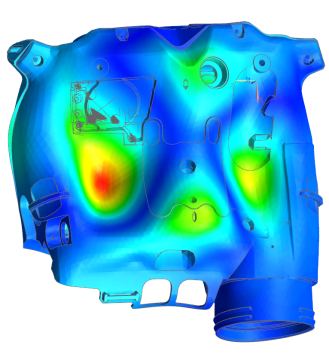Modeling
Modeling is an important step in the engineering process, as it creates a mathematical or physical model of a system, component or process. Modeling makes it possible to understand a system’s behavior and predict its operation, using equations, graphs, diagrams and other representation tools.
Load measurement
Loads can be forces, moments or torques, and can be measured using various types of sensors or measuring devices.
Addition of suspension studs
The addition of suspension studs can have several advantages in technical systems.
- Vibration reduction : Suspension blocks can be used to reduce vibration in structures and machines. They can absorb some of the kinetic energy generated by vibrations, thus reducing the forces transmitted to the structure and lowering noise and vibration.
- Improved stability: Suspension blocks can improve system stability by reducing the impact of external forces. They can also improve systems’ ability to support heavy loads, by distributing forces more evenly.
- Improved quality: Suspension blocks can improve product quality by reducing vibration and shock, thereby reducing manufacturing defects and improving product precision and quality.
Measuring acoustic gain
To measure the acoustic gain, it is necessary to take sound level measurements before and after the installation of the noise reduction or sound insulation system. Measurements can be taken using a sound level meter or a spectrum analyzer.
Once sound level measurements have been taken before and after installation of the noise reduction or sound insulation system, the sound gain can be calculated by subtracting the post-installation sound level from the pre-installation sound level.


